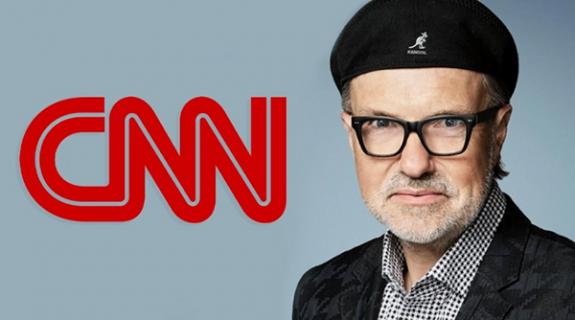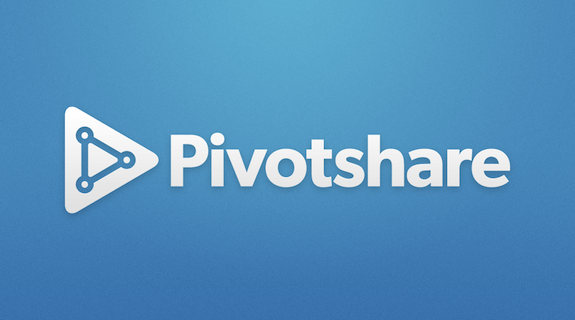“YouTube is an awesome place to build a brand, but it is a horrible place to build a business.” – Weblogs founder Jason Calacanis, speaking to “Business Insider”
The world’s most powerful video sharing website doesn’t make it very easy for content creators to profit off their wares. Massively popular YouTube celebrities can make millions, though of course the company skims 45% of that take off the top (and then there are other fun expenses like taxes and production costs). Meanwhile, middle-of-the-road YouTube celebs often have trouble making a living wage at all – even when garnering millions of views.
And as for unknown video producers… as the above Calacanis quote suggests, they can get their work out there on YouTube, but good luck getting paid for it. Barring an out-of-left-field viral hit, for most artists YouTube is nothing more than a promotional tool, a middle man between garnering interest in their work, and redirecting that interest toward a different online destination where the work can actually be purchased.
A multi-device streaming platform called Pivotshare aims to close that gap, offering a YouTube-quality video hub where viewership translates into much more direct compensation for video distributors. Positing itself as “the easiest way to make money from your digital media online,” the company, like YouTube, lets anyone upload digital videos for free. Unlike YouTube, those who wish to view that uploaded content must pay to do so. The publisher sets the price for their content, determines if their monetization model will be based on pay-per-view, download or subscription (or a combination of the three) and sets an earnings threshold, which must be at least $25. Once that threshold is topped, Pivotshare starts mailing monthly checks, keeping 30% of all income earned.
Content creators can sell directly through Pivotshare’s platform or, for those who sell through their own means, embed the company’s player directly on their website of choice. It’s no different than a YouTube embedded video except it features Pivotshare’s payment functionality right there in the player.
Naturally, Pivotshare’s direct-pay model is of little interest to huge media conglomerates, who either rely on advertising for profit, or have their own monetization infrastructures. Likewise, it won’t be used by home shooters who merely seek a free place to show the world their latest iPhone-captured cat video. But between those two poles lies a world of serious video producers looking for a better way to get paid directly for their productions. For them, Pivotshare takes the stress out of collecting that payment or finding someone to do the collecting, and even assists with marketing, SEO, metrics, branding and other elements that help a video generate revenue but that video creators rarely have time or resources to do well.
Many of these creators are TV celebrities of a certain caliber, such as UFC title holder Bas Rutten, who shares training videos on a Pivotshare channel called “ELITEMMA.” “The Biggest Loser’s” Jillian Michaels is also an adopter, with her own dedicated fitness and lifestyle channel, “FitFusion.” Her channel in particular demonstrates the platform’s pleasing UI and potential for distinctive branding. Pivotshare may not yet be a useful resource for TV networks, but for their stars, the sky’s the limit.
Tags:














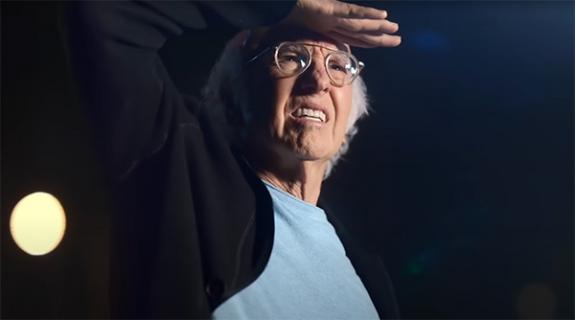


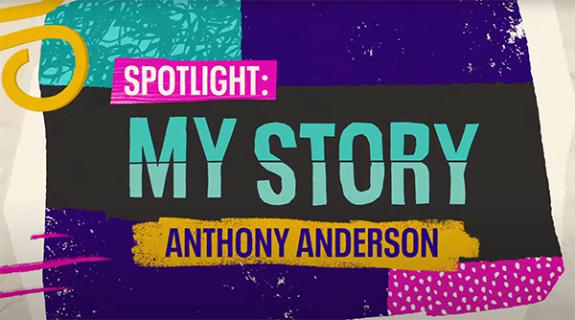







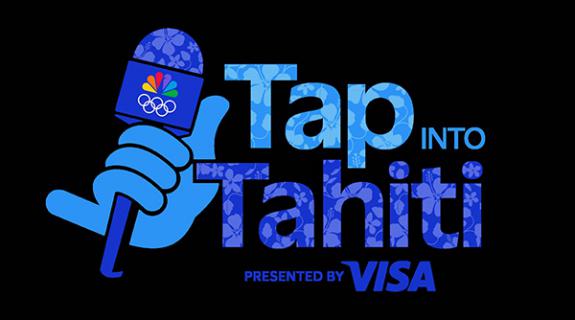









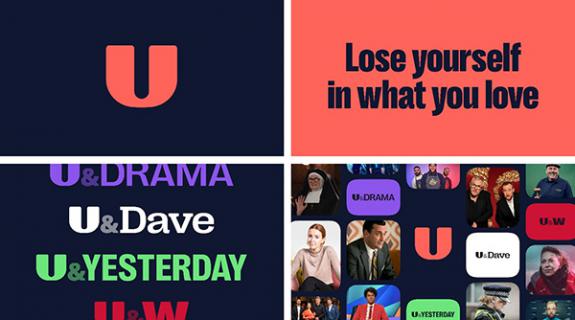






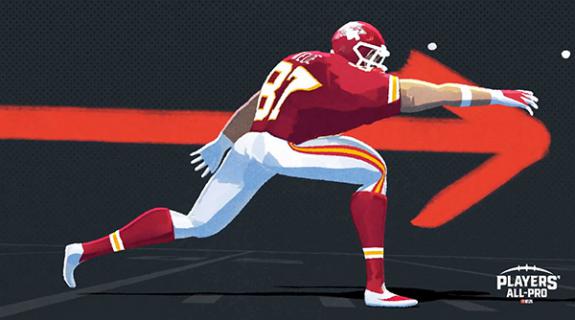


__twocolumncontent.jpg)


